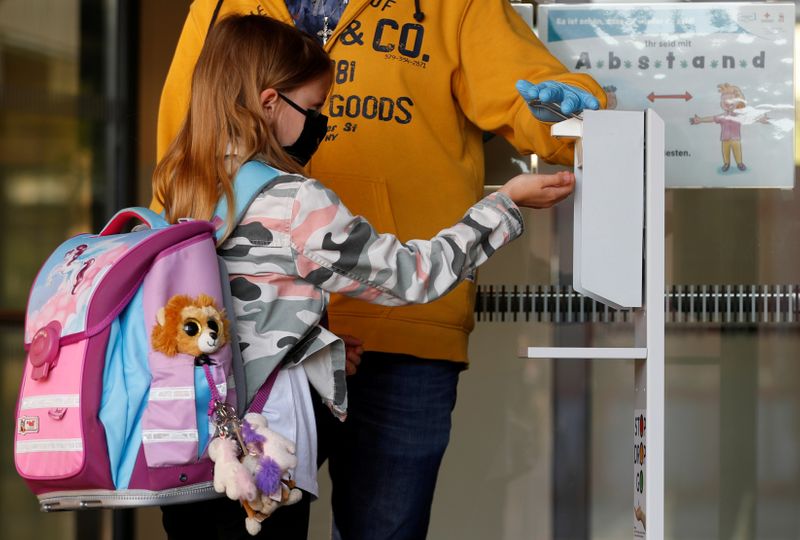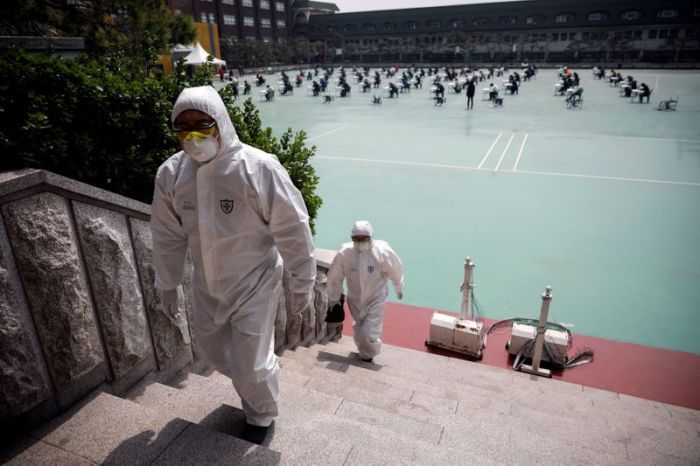LONDON (Reuters) – Children have milder COVID-19 symptoms than adults and the balance of evidence suggests they may also have lower susceptibility and infectivity than adults, scientists advising the British government have said.
As Europe and the United States start to return to work after lockdowns imposed to slow the spread of the novel coronavirus, world leaders are trying to work out when it is safe for children and students to get back to their studies.
Cautioning that there is a significant lack of high-quality evidence on children, the scientists concluded in a paper submitted to the British government that: “There was some evidence that children had milder symptoms than adults but that evidence on susceptibility and transmission was as yet unclear.”
In another paper submitted to the government, scientists said: “Evidence remains inconclusive on both the susceptibility and infectivity of children, but the balance of evidence suggests that both may be lower than in adults.”
In a third, April 29, document, Professor Russell Viner of University College London and Dr Rosalind Eggo of the London School of Hygiene & Tropical Medicine said UK clinical data confirmed that children have notably less symptomatic disease and of lower severity than adults.
“Evidence remains inconclusive on both susceptibility and transmissibility of children, but balance of evidence suggesting both may be lower,” Viner and Eggo said.
“Serological studies are starting to be available on child infection history with some suggesting low rates of infection,” they said. “These must be interpreted with caution.”
“There is limited evidence about transmission from children, with some leaning towards lower transmission from children.”
Evidence cited in the April 29 document:
* Zhu et al. medrxiv https://www.medrxiv.org/content/10.1101/2020.03.26.20044826v1.full.pdf
* Australian schools study 26 April 2020 http://ncirs.org.au/sites/default/files/2020-04/NCIRS%20NSW%20Schools%20COVID_Summary_FINAL%20public_26%20April%202020.pdf
* Fontanet et al. Cluster of COVID-19 in north France: A retrospective closed cohort study https://www.medrxiv.org/content/10.1101/2020.04.18.20071134v1.full.pdf
(Editing by Michael Holden and Stephen Addison)
























